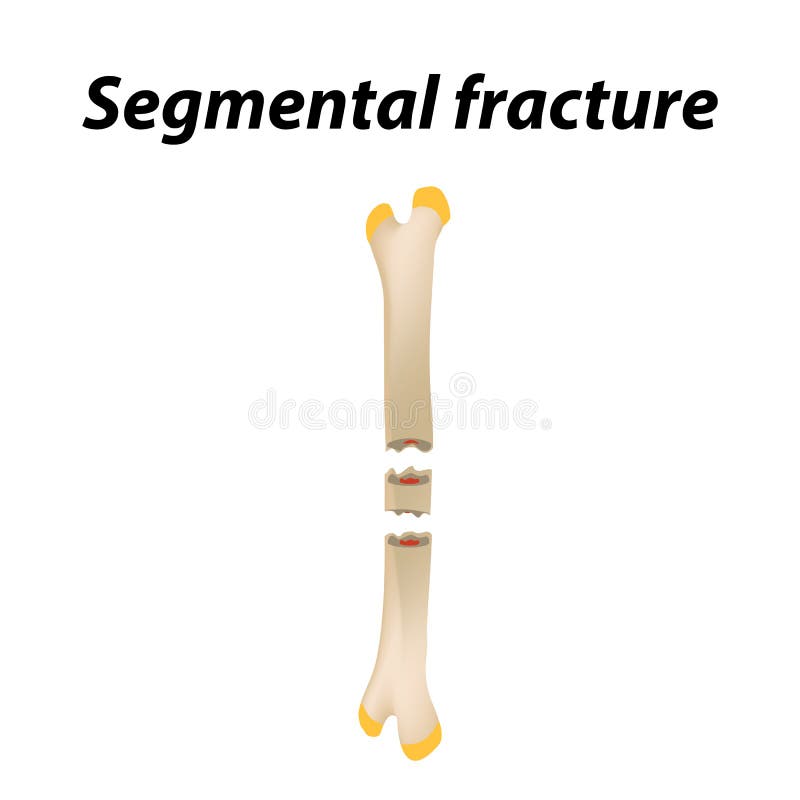


Cairo’s perspective that this fact might lead you to erroneously conclude that time and staffing (more people, more time) equals great work (bluntly, he says, “You can’t.”). Cairo points out, we all laud the New York Times and other large media outlets (one of my personal favorites is New Scientist) for their high-quality information graphics–pieces that can take months to make with large teams of content producers and designers in place. In my own life, I occasionally get requests to design graphics “you know, like the New York Times” (yes, I really do). He mentions how, in news rooms, graphic designers are often seen as “service desks.” This isn’t limited to news rooms. Cairo (and I agree) the real problem is the limited perception of the designer’s role. Call me when you’re done.”), you simply don’t get the best work.įortunately, Alberto Cairo, in “ Empower your infographics, visualization, and data teams” gets to the point. When designers are treated as service desks and not content experts (“Here are the facts, here is the message, now please make this pretty. But the point that I was really getting at in my post, which I unfortunately failed to articulate clearly–was the designer’s role. Here–quality can suffer from lack of time. This pressure to produce can have real drawbacks–clients mistakenly assume that information can be quickly “designed” just because in their estimation, the facts and the message have already been proscribed. I recently mentioned that, because we’re all under pressure to create more and more content, “repurposing” content is seen as a good way to take advantage of the sweat equity put into other pieces (web articles, reports, data collection) and to convert that into an infographic. Surprisingly, information graphics are no exception. Makes sense, right? In a time in which we’re increasingly consumed with tracking metrics and measuring success by the numbers it is par for the course to get caught up in the rat race for the next big thing (big being determined by 30-second relevance and traffic for that day). As more marketers crave attention, the more they’re willing to part with content that is good at reaching an audience, and terrible at retaining it. Godin’s case, he mentions what he calls “ the attention paradox.” While he’s not specifically writing about design, his comments nonetheless aptly relate to the work designers do. I’ve been giving this a lot of thought lately and, in reading recent posts by Seth Godin and Alberto Cairo, it’s interesting to see how each touches upon what I see as the pressures and attitudes that affect how well we design good information graphics. Does time equal quality in good infographics? Nope, not necessarily.


 0 kommentar(er)
0 kommentar(er)
